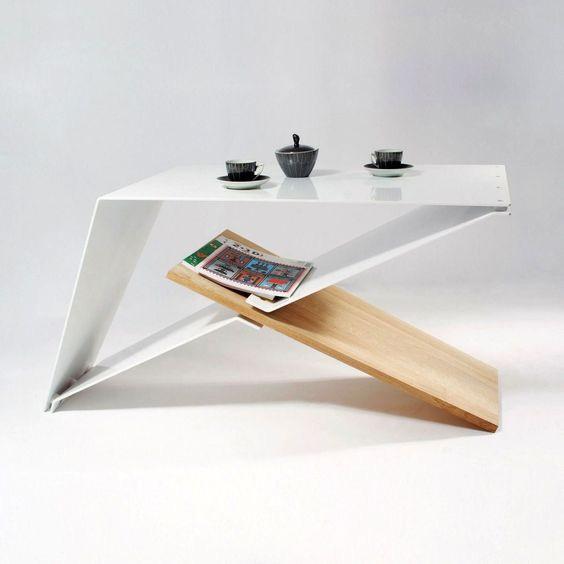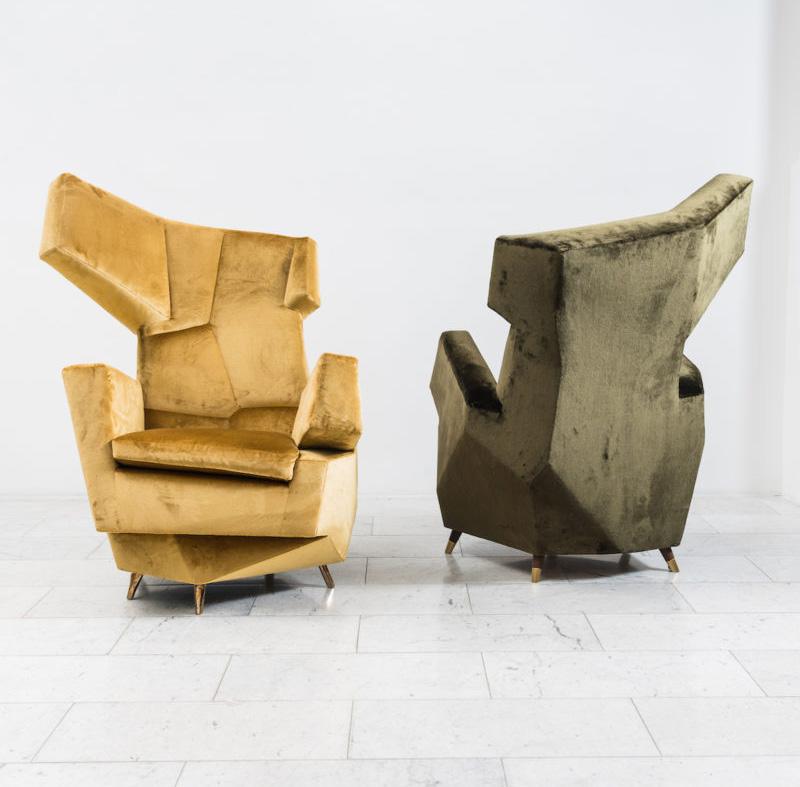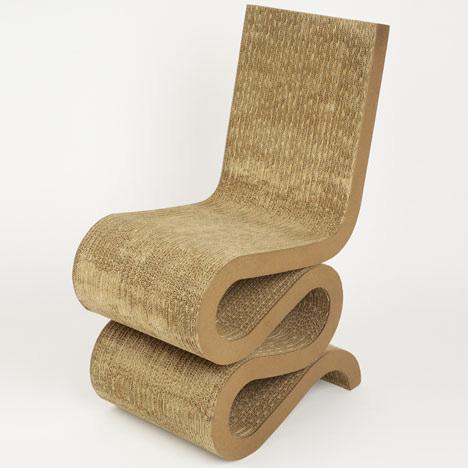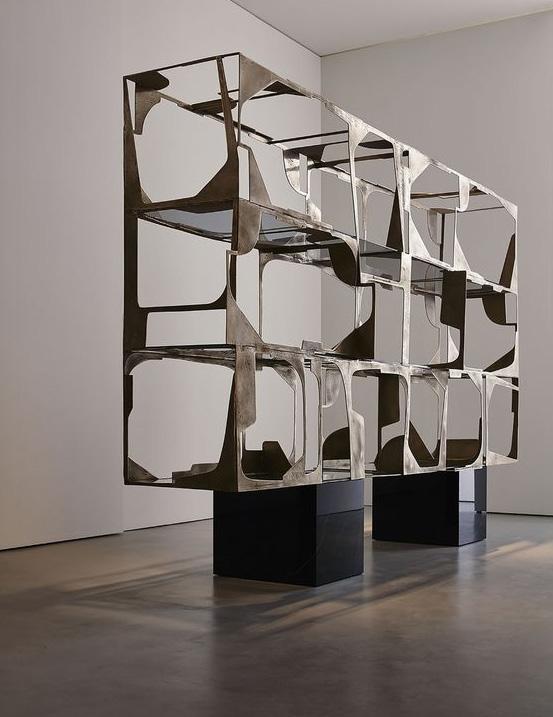
1 minute read
FURNITURE
from DIVERGE MAGAZINE
by Haley Giroux


Advertisement
DC1514 Bookcase
The DC1514 bookcase is part of Vincenzo De Cotiis’s Progetto Domestico collection and is characterized by its asymmetrical form and use of unconventional materials. The bookcase comprises a series of glass shelves supported by thin metal rods that give the piece a sense of lightness and transparency (Giusti, 2021). The shelves are arranged in a dynamic, sculptural form, with some shelves angled upwards while others are tilted downwards. One of the distinctive features of the DC1514 bookcase is its use of reclaimed materials. The glass shelves are made from recycled glass, while the metal rods are salvaged from industrial sites and repurposed for use in the bookcase (Giusti, 2021).

Tuyomyo Bench
Frank Gehry designs the Tuyomyo Bench for the Tuyomyo building in Tokyo, Japan. The bench is part of a series of furniture designed by Gehry specifically for the building. The bench is made of layers of corrugated cardboard, a material that Gehry has worked with extensively throughout his career. The layers of cardboard are bonded together with glue and then shaped and molded into the desired form (Hogg, 2020). The Tuyomyo Bench is a functional piece of furniture that can be used as a seating or decorative object. Its unconventional form challenges traditional notions of furniture design, blurring the line between art and function.
OFT Interiors - Lobby of UA Cinema, Shanghai, China 2018
The OFT Interiors Lobby of UA Cinema in Shanghai, China, has deconstructivist elements in its design. Completed in 2018 by OFT Interiors, the lobby features bold geometric shapes, including a circular concession stand and angular seating areas (Myers, 2019). However, these shapes are only sometimes aligned with each other or the lobby layout, creating a fragmented and disrupted feeling. Contrasting materials and textures, such as glossy black surfaces and matte white flooring, add tension and highlight individual elements. The lighting fixtures, including a chandelier made of hundreds of bulbs, arranged irregularly, contribute to the fragmented and distorted look (Myers, 2019). This deconstructivist design creates a visually striking and unconventional space that challenges traditional cinema design ideas.












